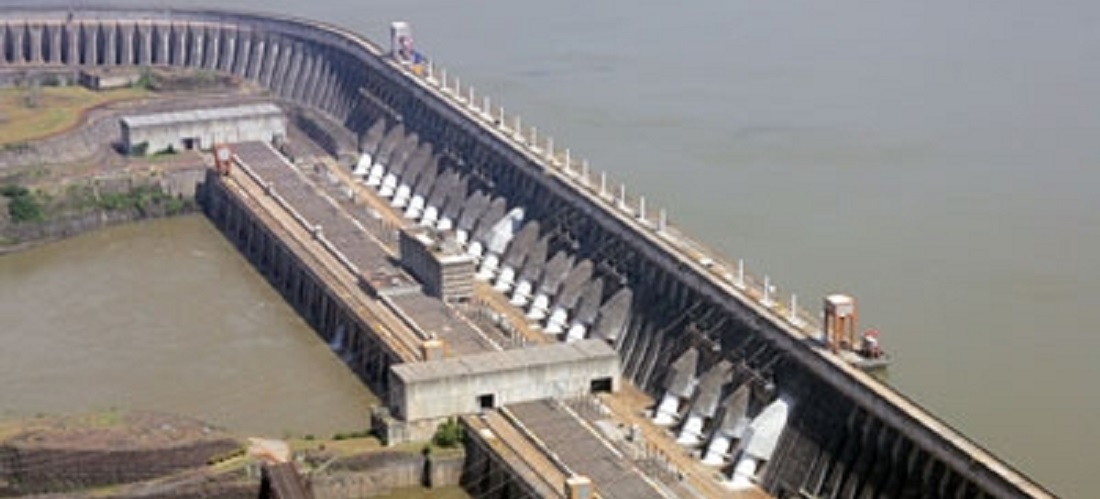
Itaipu agrees again to help raise Paraná river level to facilitate Paraguay´s soy exports
Aug, 03, 2020 Posted by datamarnewsWeek 202031
Just over two months after completing a special operation to increase the level of the Paraná River, downstream of the dam, the Itaipu plant, which is located on the border of Brazil with Paraguay, will increase energy production to guarantee the flow of more water. This will allow the neighboring country to use the waterway to export around 100,000 tonnes of soybeans that are currently parked at warehouses and on barges, waiting to go abroad.
The request for Itaipu to cause more water to flow was made by the Chancellery of Paraguay directly to the Brazilian government, with participation from the Ministry of Mines and Energy, Eletrobras, the National Water Agency, and the operator of the National Electricity System.
This time it will not be necessary to open the spillway. The measure required is only to increase energy production, which will be enough to have more turbine water flowing downstream. The program started this Monday (August 3rd) and should extend until August 16th, totaling 13 days. From Monday to Friday there will be 7,500 cubic meters of water per second (m³ / s). On weekends it will fall slightly to 7,100 m³ / s, an increase of 1,000 m³ / s in relation to the current volume.
Flow
A total of 104 loaded barges are waiting for the river level to rise to spill over the lock of the binational Yacyretá plant, which will also participate in the operation. The passage of barges through the Yacyreta lock is scheduled for between August 10-12, according to the Paraguayan Ministry of Foreign Affairs.
Previous operation
The first operation carried out by the Itaipu plant, between May 18 and 29 – this time with the controlled opening of the spillway -, increased the level of the Paraná River by three meters, allowing the handling of 170 barges loaded with soybeans retained due to the strong drought, one of the largest in history. The measure allowed the flow and access to Argentine and Uruguayan ports.
-
Economy
Mar, 11, 2024
0
Parceria Promissora: Vietnã e Argentina Fortalecem Laços Comerciais e de Investimento
-
Other Logistics
Jan, 09, 2023
0
New Brazilian administration brings changes to infrastructure and logistics. Find out more.
-
Grains
Apr, 11, 2023
0
Brazil has around 207,566 k T wheat shipments scheduled for April
-
Shipping
Sep, 26, 2023
0
ANTAQ delegation visits US to enhance inland waterways management


